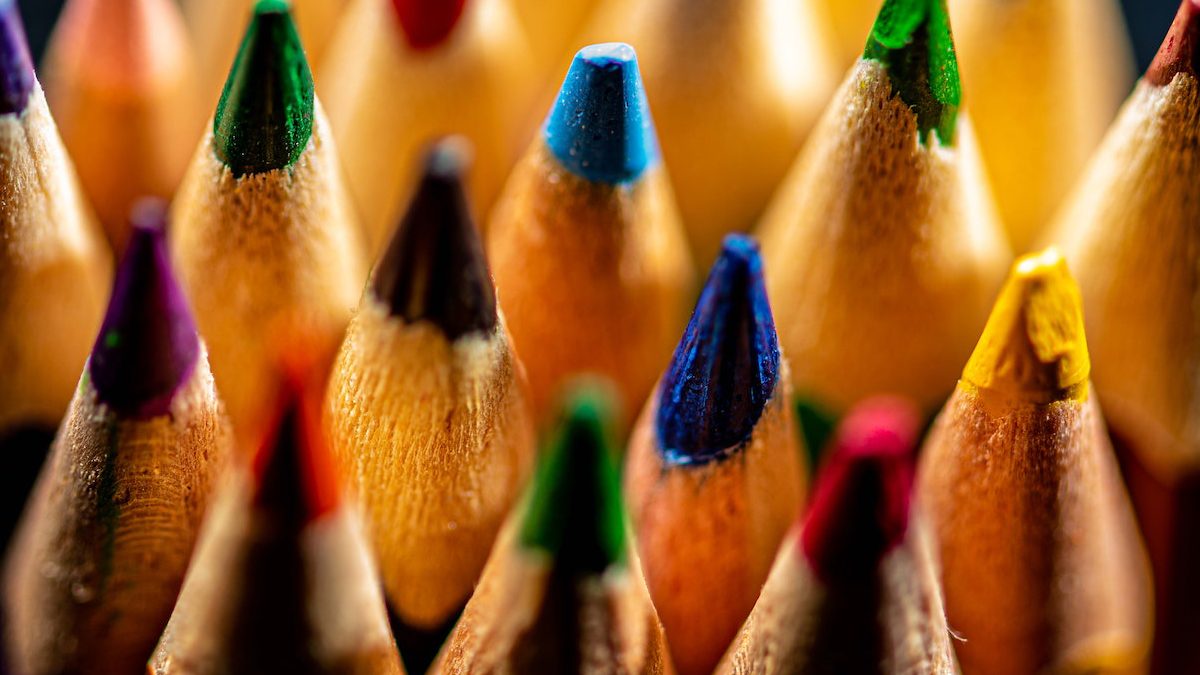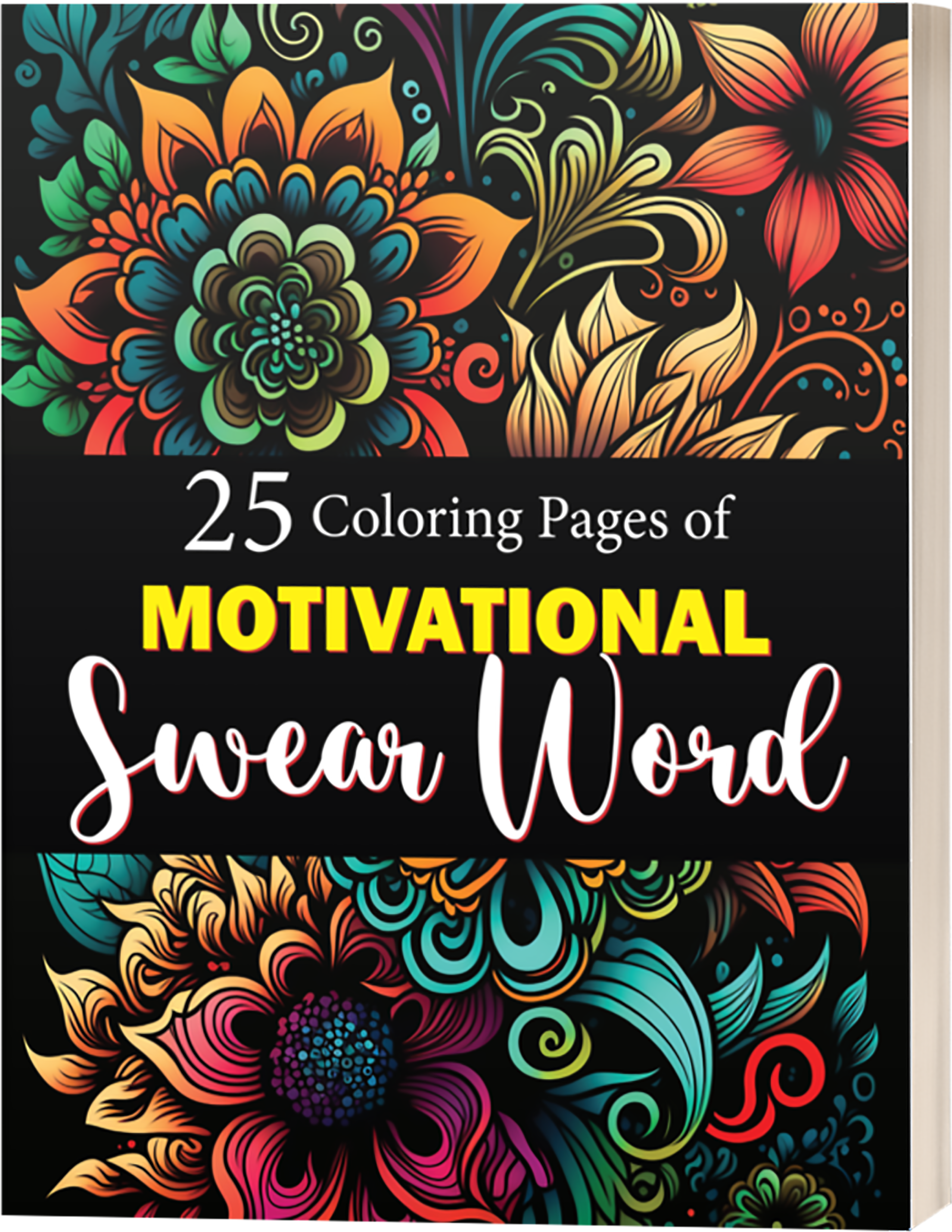Coloring is an activity that many people enjoy, regardless of their age. It’s a great way to relax, destress, and express your creativity. One of the most popular mediums used for coloring is colored pencils. They come in a wide range of colors, are easy to use, and can be used to create beautiful, detailed artwork. In this article, we’ll share some tips and techniques for using colored pencils to create stunning and vibrant art.
Tip 1: Choose the Right Paper
Choosing the right paper is crucial when using colored pencils. It can make a significant difference in the final result. Look for paper that has a smooth surface that can handle the pressure and layers of color that you’ll be adding with your pencils. Papers with different textures, such as watercolor paper, can also add unique effects to your artwork.
Tip 2: Start with Light Colors
When using colored pencils, it’s best to start with light colors and gradually build up to darker shades. Layering is a technique that many artists use to create depth and richness in their artwork. Begin by laying down a light layer of color and gradually add more layers to achieve the desired effect.
Tip 3: Use a Light Touch
Using a light touch is essential when coloring with pencils. Applying too much pressure can cause the pencil to break or create a harsh line that can be difficult to blend. Hold the pencil with a light grip and use gentle, circular strokes to build up the color.
Tip 4: Blend Colors
Blending colors is another important technique to master when using colored pencils. There are many ways to blend colors, including using a blending tool, your finger, or a white pencil to smudge the colors together. Blending creates a smooth and subtle transition between hues, making your artwork look more professional.
Tip 5: Experiment with Different Strokes
Different strokes can create different effects when using colored pencils. For example, crosshatching is a technique where you create a pattern of lines in different directions to add texture and depth to your work. Scribbling is another technique where you quickly scribble over a surface to create a dense and vibrant layer of color. Experiment with different strokes to find the ones that work best for your artwork.
Tip 6: Use a Colorless Blender
A colorless blender is a pencil that contains no pigment and can be used to blend colors together or lighten an area that has become too dark. It’s a handy tool to have when working with colored pencils, as it creates a smooth and even layer of color over a large area. A colorless blender can also be used to create highlights or add a bright pop of color to your work.
Tip 7: Use White for Highlights
White is a versatile color when using colored pencils. It can be used to create highlights or add a bright pop of color to your work. For example, if you’re coloring a portrait, you can use a white pencil to add highlights to the eyes or teeth, making them appear more realistic and three-dimensional.
Tip 8: Practice Patience
Coloring with colored pencils can be a time-consuming process, but the results are worth the effort. Take your time and don’t rush the process. Be patient and take breaks when you need to. If you’re working on a large project, break it down into smaller sections, focusing on one area at a time.
Tip 9: Clean Your Pencils
Keeping your colored pencils clean is essential for achieving a consistent and even application of color. Over time, the pencils can become dull or dirty, which can affect the quality of your artwork. Use a soft cloth or pencil eraser to remove any dirt or debris from the tip of the pencil.
In conclusion, coloring with colored pencils can be a fun and rewarding hobby, but it requires some skill and patience to achieve the best results. Choosing the right paper, starting with light colors, using a light touch, blending colors, experimenting with different strokes, using a colorless blender, and using white for highlights are all important techniques to master. It’s also important to practice patience and take breaks when needed to avoid feeling overwhelmed. With these tips, you can create beautiful and vibrant artwork with colored pencils and enjoy the many benefits of this popular pastime. So grab your pencils and start coloring today!


